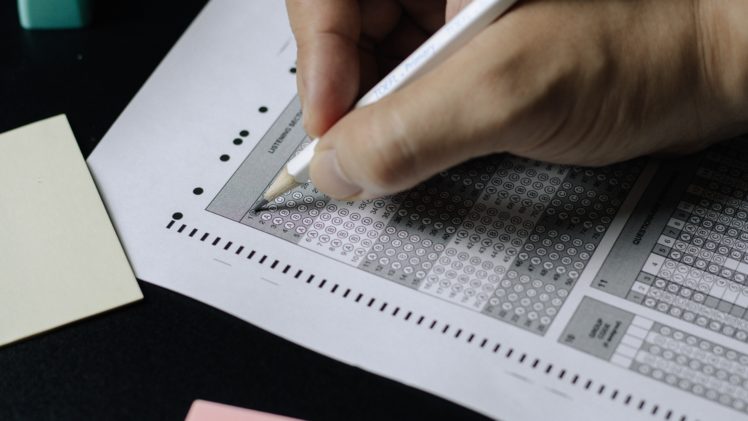“Gradually, then suddenly” is how Hemingway’s character described going bankrupt in The Sun Also Rises. It’s a fitting description of the shift colleges made to test-optional admissions over the last year. And, just as Hemingway’s line implies, the “sudden” aspect has knock-on implications that we’re just starting to understand.
Across MARKETview partners, nearly all broadly embraced test-optional policies over the last year. Some maintained test requirements for specific programs and one public partner wasn’t permitted to go test-optional due to state policy. There were three major impacts we could observe from the data.
#1 – BROAD-BASED ADOPTION
For the enrolling class of 2021, nearly half (45.6%) were admitted without a test score. That’s a significant change from 2020 (10.9%) and 2019 (8.9%). Clearly, students heeded the message that test scores wouldn’t be necessary as part of their applications this year. But, before we declare this policy a success, let’s examine some of the other impacts.
#2 – UNWELCOME VOLATILITY
Test scores, like them or not, are a standardized measure. The students with test scores in various ranges usually behave similarly each year. Without test scores, it became increasingly difficult for colleges to know if they had the applicant and admit pools necessary to achieve their enrollment goals.
Nearly two thirds (60.7%) of applicants applied without test scores in 2021 (up from 23.9% the prior year) and admit rates for students without test scores soared up 15.1% from the prior year.
What some colleges didn’t count on was that the yield on students without test scores was substantially lower (-6.8 percentage points) than the yield from test score submitters. This, in part, helped explain why yield was roughly flat with 2020 this year (where many had expected it would bounce back).
#3 – SOCIOECONOMIC IMPACTS
Pre-pandemic, roughly seventy percent (70.7%) of the entering class of 2019 came from families found within the highest or upper affluence bands of consumer data available in MARKETview. Many of our partners had expressed hope that test-optional policies would open more opportunities to students and families represented by middle and lower affluence in MARKETview.
The 2021 data shows just how difficult this challenge continues to be. Test-optional policies did not prove effective in drawing more middle and lower affluence families into the applicant pools of partner colleges. The most affluent continue to represent over seventy percent (71.0%) of all enrollments in 2021.
—
As applications for 2022 begin to build in earnest this month, we believe test-optional admissions will continue to be the method most students will embrace when applying. While the “suddenly” of Hemingway’s line is behind us, the volatility it forecasts is likely to only increase with a population of students even more likely to have had challenges procuring a test score last year.
Operating with limited vision and context is never a viable option for long-term success. To best help our partners adapt to the changes they’re facing on the ground, through extensive modeling, MARKETview has developed a proprietary Academic Index that we released this week. It’s the perfect addendum many schools will need to better understand the academic preparation of the students they’re engaging with, as well as predict and manage yield in the early stages of widespread test-optional admissions policy.
